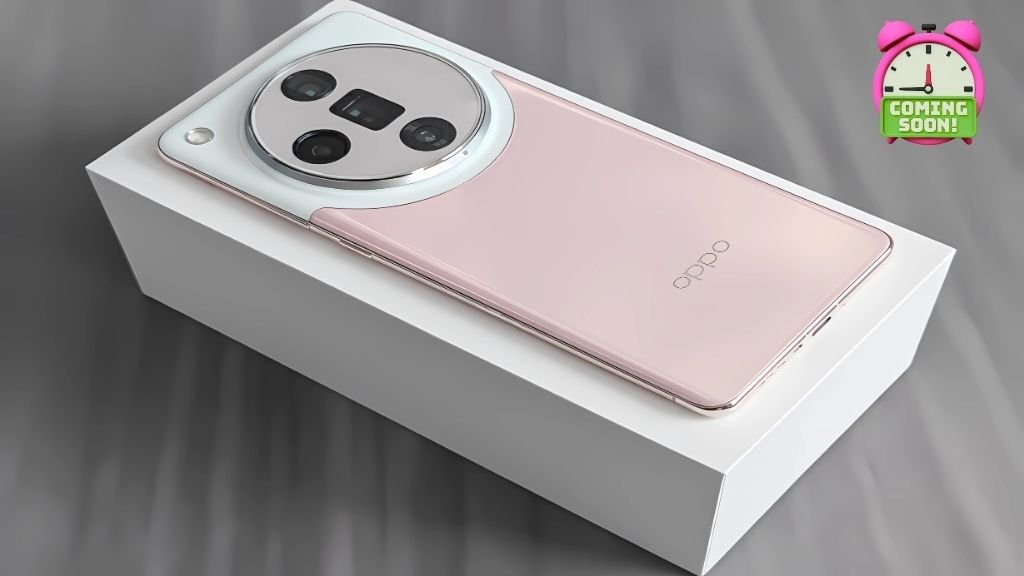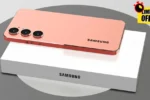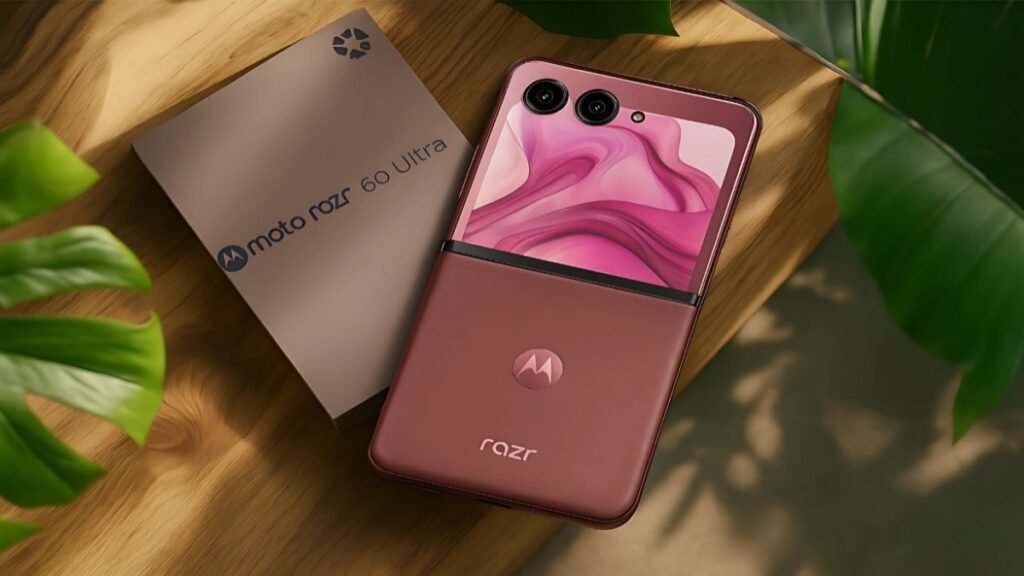Oppo Find X7 Ultra 5G Launched: When phones boast “pro” and “ultra” in the same breath, our expectations skyrocket. With the Oppo Find X7 Ultra 5G, they should. This is the camera-first flagship that puts science behind the snap: a 1-inch main sensor, dual periscope zooms (yes, two), and tuning that leans natural instead of neon. Wrap that in a bright, low-strain LTPO display, a Snapdragon 8 Gen 3 engine, and fast wired/wireless charging, and you’ve got a device built to feel effortlessly premium from sunrise to midnight snack. Below, we unpack what matters—design, display, cameras, battery, performance, software, price, and smart buying tips—so you can decide in minutes, not hours.
Why the Find X7 Ultra Matters in 2025
Flagships often choose between “art” (cameras) and “athletics” (speed). The Find X7 Ultra refuses to pick sides. Oppo built it as a camera system first, then matched the rest of the phone to that ambition. The headline here isn’t one gigantic number; it’s cohesion: four 50-MP cameras tuned to behave like a consistent kit, a screen that prioritizes clarity and eye comfort for long days, and power delivery that lets five minutes on a cable buy you hours of sanity. That balance changes how you use it. You stop rationing brightness. You stop babying battery. You shoot more in “hard” light—indoor café LEDs, halogen stage spots, sunset shadows—and you keep what you shot because it already looks believable. It’s also a statement phone for photographers who want real focal-length coverage in their pocket rather than relying on digital tricks. Put simply: this is what happens when a brand treats the camera like the main course, not dessert.
Design & Build: Minimal Drama, Maximum Confidence
There’s a quiet luxury to the Find X7 Ultra. The contours keep your grip comfortable without the waterfall touch errors of yesteryear. Materials feel expensive yet secure—matte finishes that resist fingerprints, a camera island that’s sculpted rather than shouty, and IP-rated toughness you can actually live with. Weight distribution matters more than raw grams, and Oppo nails it: one-hand reading doesn’t cramp your wrist, and landscape shooting doesn’t force claw-grip acrobatics. Buttons have a crisp click, the under-display fingerprint unlock is quick, and the haptics land as clean “taps,” not buzzy smears. It’s the kind of hardware you stop noticing by day three—because it never nags.
Display: Bright, Sharp, and Easier on Eyes
The panel is a large LTPO AMOLED in Quad-ish (1.5K/1440p) territory with 120 Hz adaptive refresh. Translation: text is ink-sharp, motion stays butter-smooth, and the screen sips power when content is static. HDR10+/Dolby Vision support gives streaming real range, and peak brightness keeps maps and messages readable in punishing midday sun. Beyond the usual superlatives, Oppo chased eye comfort with color accuracy, flicker mitigation, and motion handling tuned to reduce fatigue without washing out the picture. Spend a week doom-scrolling and you’ll appreciate it.
Performance & Thermals: Calm Speed You Can Trust
Under the hood sits Snapdragon 8 Gen 3 with fast LPDDR5X RAM and UFS 4.0 storage. The point isn’t topping a chart; it’s staying fast when you bounce between camera, maps, rideshare, and music at 7 p.m. after a long day. That’s where this chipset excels: sustained frame pacing, quick app restores, and cooler hands during 4K capture. File imports/exports for creators feel snappy; social edits don’t make the phone wheeze; and background process management feels generous instead of trigger-happy. In practice, you notice none of this—because everything you do simply happens on time.
Quad-Main Camera Philosophy: Four Lenses, One Look
This is the Find X7 Ultra’s thesis: four 50-MP cameras designed to behave like “quad main” optics, not a main + filler combo. The centerpiece is a 1-inch Sony LYT-900 wide camera that keeps highlights honest and skin tones human. The ultra-wide brings big scenes close without bending faces. And the stars of the show—the two periscope telephotos—cover real-world portrait and reach without the watercolor crunch of long digital zooms. By making every focal length feel first-class, you stop worrying which lens to pick and start thinking about your story. In use, colors hold together across lenses, and transitions feel like swapping glass on a mirrorless—not like switching to a worse camera.
Why Two Periscopes Matter (and When to Use Them)
Most phones pick a single tele and try to do the rest with digital crops. Oppo went the other way: pair a short periscope around 2.8× (think flattering half-body portraits, street detail) with a long periscope around 6× (stage, architecture, wildlife from the sidewalk). The result isn’t just more zoom; it’s cleaner geometry and better subject isolation at the focal lengths humans love. It’s real optics where many phones fake it.
Creator Notes: Video, Color, and Consistency
All lenses shoot 4K with stable OIS/EIS cooperation, which is exactly what you want for handheld walk-and-talks and travel reels. The main camera’s larger photosites and sensible tone curve keep night scenes from turning into pastel daylight. If you shoot people, you’ll see the value fast: skin looks like skin, not porcelain; backlit hair holds sparkle without haloing; and going from wide establishing to tele portrait doesn’t cause a color identity crisis. That’s the promise of “quad main,” delivered.
Battery & Charging: Panic to Plenty in Minutes
Capacity lands at 5,000 mAh, but the headliners are 100 W wired and 50 W wireless charging. A wired top-up can reach full in well under an hour; five minutes of “splash and dash” yields hours of practical use. Wireless is fast enough to feel like a real feature, not a bedside ornament, and reverse charging gets earbuds or a friend’s phone across the finish line. It’s the stress reducer you’ll feel weekly: low battery isn’t a crisis; it’s a coffee break.
Software & AI: Helpful, Not Heavy-Handed
Running ColorOS 14 (Android 14), the Find X7 Ultra leans into tools you’ll actually use: intelligent gallery clean-up, lock-screen shortcuts, granular notification control, and app-by-app refresh-rate tuning. The camera app mirrors a creator workflow—fast lens switching, exposure controls that don’t bury themselves, and color profiles that aim for credibility over clout chasing. The result is a phone that feels modern without turning you into a beta tester.
Connectivity & Extras: Stability Over Slogans
You get wide 5G band support, Wi-Fi 7, Bluetooth 5.4, NFC for tap-to-pay, stereo speakers with Dolby polish, and quick biometric unlocks (fingerprint + face). What matters is not the bullet list but the tuning: hand-offs between Wi-Fi and cellular feel smooth, GPS locks quickly for ride-hailing sanity, and Bluetooth multipoint behaves (connects, stays connected, no drama). On Chinese variants, satellite calling/messaging support adds an extra layer of emergency flexibility.





